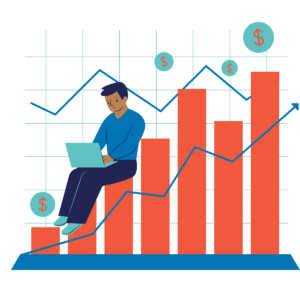How To Improve Supply Chain With New Demand Forecasting Approaches
Innovative demand forecasting: Are you falling behind?
- Forward-looking data
- Economic and behavioural trends
- AI and machine learning
- Predictive analytics
Strategic benefits
- Inflation
- GDP growth, and
- Interest rates.
Operational optimisation
- Optimise workforce management
- Reduce labour costs, and
- Enhance customer service levels.
Get the scoop in-person.
Register for the SAPICS conference.
Stock control mastery
Stock control, the heartbeat of supply chain management, benefits immensely from advanced demand forecasting. By leveraging predictive analytics, businesses can achieve the delicate balance between supply and demand. No more excess inventory lying around in warehouses or frantic last-minute rushes to replenish stock. Instead, companies can maintain leaner inventories, minimise holding costs, and free up capital for strategic investments.
Tailoring solutions to each supply chain level
- Manufacturers can fine-tune production schedules, reduce lead times, and optimise resource utilisation.
- Distributors can optimise warehouse operations, ensure timely deliveries without overburdening inventory, and minimise stock-outs.
- Retailers can optimise shelf space and promotional activities, maximise sales and minimise markdowns.
Manufacturers

Distributors

Retailers

Shipping out: Final thoughts to optimise your supply chain
In the dynamic landscape of supply chain management, traditional approaches to demand forecasting are no longer sufficient. The integration of forward-looking data and economic perspectives represents a seismic shift in how businesses anticipate and respond to market demands.
From strategic planning to operational execution, Predictive Insights offers a strategic advantage, empowering companies to thrive in an ever-evolving marketplace. By embracing these new approaches, businesses in various industries (including retailers, restaurants, and hospitality) can revolutionise their supply chains, unlocking untapped potential and driving sustainable growth in this digital age.

